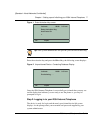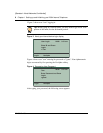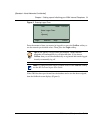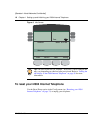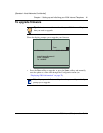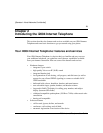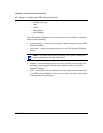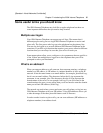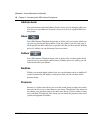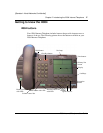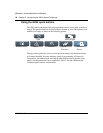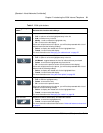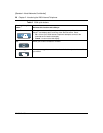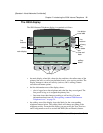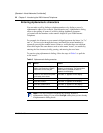
Chapter 2 Introducing the i2004 Internet Telephone 15
i2004 Internet Telephone User Guide
[Standard—Nortel Networks Confidential]
Some useful terms you should know
The i2004 Internet Telephone may look like a regular telephone but there are
some important differences that you need to keep in mind.
Multiple user logon
Your i2004 Internet Telephone can support up to 6 lines. That means that 6
different people can log on to a single i2004 Internet Telephone to receive and
place calls. The first person who logs on to the telephone has the primary line.
You can also be logged on to several different i2004 Internet Telephones at the
same time. If you have a job function that requires you to move around to different
locations then you can always be sure that your calls will reach you.
Some menu options allow you to configure or view parameters that are specific to
a line. If there are multiple users logged on to the telephone then you will be
prompted to select your line button.
What is an address?
When you enter an address to call someone, that can mean entering; a telephone
number or a SIP address. A SIP address is a unique identifier of users on the IP
network. It has the same format as an email address, for example, jdoe@lab1.org,
but it is not an email address. The characters before the @ sign represent the
username, in our example, jdoe. The characters after the @ sign represent the
domain name of the server, in our example, lab1.org. If you are located in the
same domain as the user you are calling then you do not need to enter the domain
name part of their SIP address (@lab1.org).
The network can track where you are and route your calls when you log into any
i2004 Internet Telephone with your SIP address. Using SIP addresses allows you
to take advantage of the other powerful features such as Presence.
In order to make it easier to place calls, you can store addresses (SIP addresses or
telephone numbers) in an address book.



